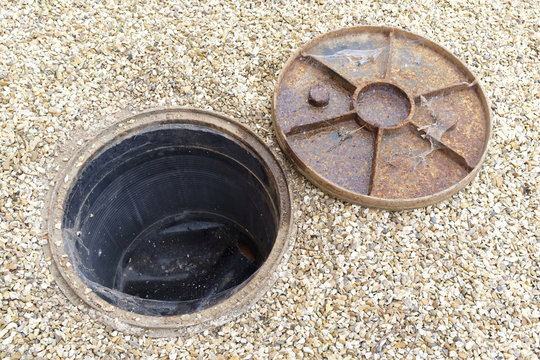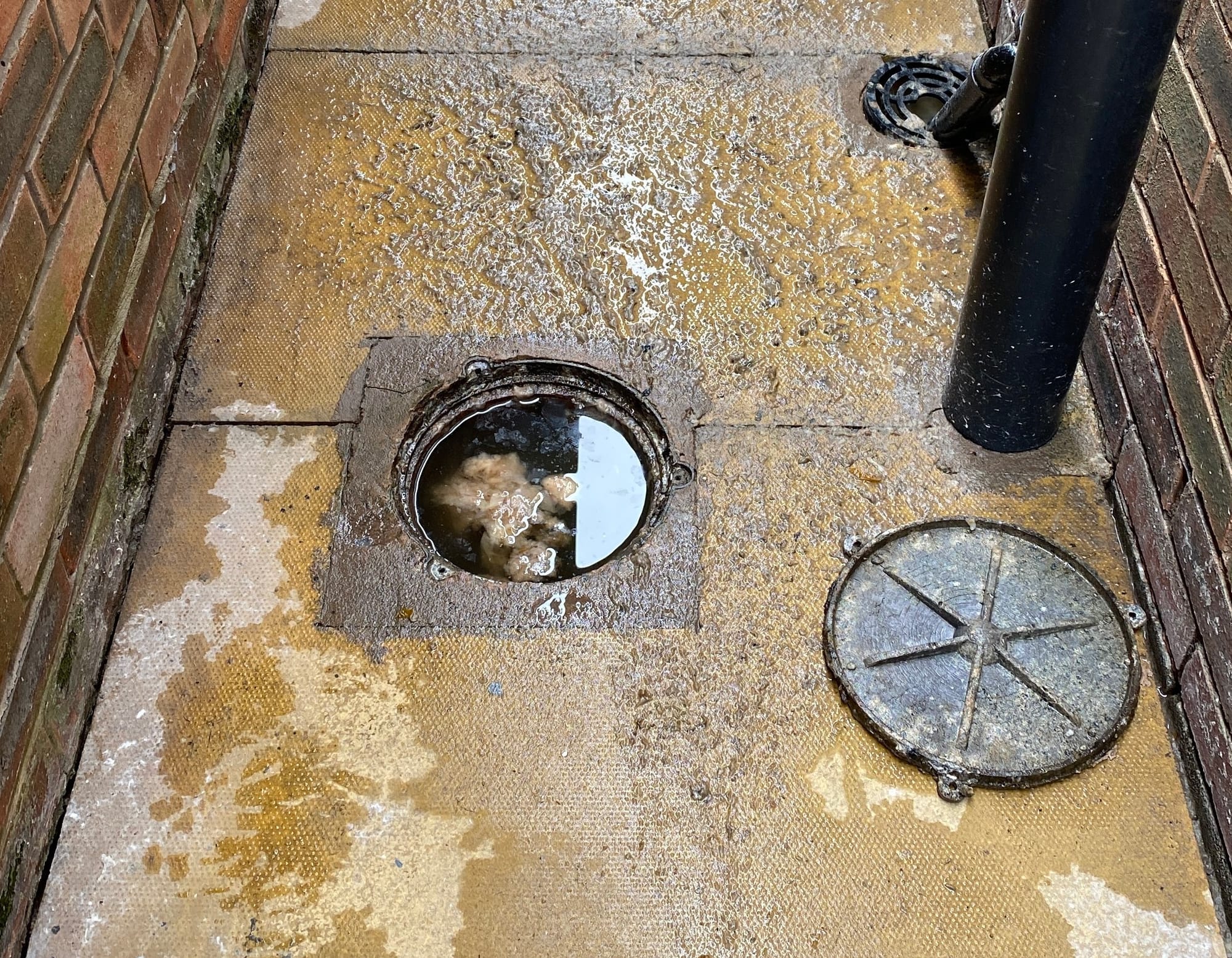How do you feel on the subject of Some easy tips to fix blocked drains?

Intro
Handling a blocked drainpipe can be a discouraging experience, interrupting day-to-day activities and possibly creating damage to your residential or commercial property. However, prior to connecting to pipes professionals, there are actions you can take to address the concern yourself. In this guide, we'll check out do it yourself remedies and safety nets to tackle a blocked drainpipe effectively.
Recognizing the Issue
The very first step in dealing with an obstructed drain is recognizing the indicators. Sluggish water drainage, gurgling sounds, foul odors rising from drains pipes, or water backing up prevail signs of a blocked drainpipe. Determining these indications early can assist avoid additionally problems.
Common Causes of Blocked Drainpipes
Recognizing the aspects that contribute to drain pipes clogs is essential for reliable resolution. Usual culprits include hair, soap scum, oil, food particles, and foreign things like hygienic items or paper towels. Tree roots getting into below ground pipes can also trigger significant clogs.
DIY Solutions
For minor blockages, numerous do it yourself options can be reliable. Pouring boiling thin down the drainpipe can help liquify oil and particles. Sodium bicarbonate and vinegar or a combination of salt and cooking soda can serve as natural cleaners. Making use of a bettor or pipes snake to dislodge blockages is an additional choice.
Devices and Equipment
Having the right devices handy can make do it yourself drain cleansing extra reliable. A bettor is a flexible tool for getting rid of blockages in sinks, commodes, and showers. A plumbing serpent or auger can reach much deeper blockages, while drainpipe cleansing chemicals can be utilized carefully for stubborn obstructions.
Preventive Measures
To stay clear of future blockages, taking on preventive measures is essential. Install drainpipe guards or filters to catch hair and particles before they enter the pipes. Consistently flush drains pipes with warm water to dissolve grease buildup, and avoid taking care of oil or strong waste down the tubes.
When to Call a Professional
While do it yourself services can resolve minor clogs, certain indications show the requirement for professional assistance. Persistent blockages, foul odors despite cleansing efforts, or multiple drains supporting concurrently are red flags that necessitate expert treatment.
Choosing the Right Pipes Solution
When selecting a plumbing service, take into consideration aspects such as experience, licensing, and client testimonials. Pick a credible plumbing technician with a performance history of high quality handiwork and transparent pricing techniques.
Cost Factors to consider
The cost of professional drainpipe cleaning company can vary depending upon the intensity of the clog and the plumbing's rates. Demand quotes from multiple suppliers and ask about any kind of additional charges to make sure transparency and stay clear of surprises.
Safety Precautions
When trying DIY drain cleaning, focus on security. Use safety gloves and glasses to prevent contact with damaging chemicals or bacteria. Never ever blend various drain cleansing items, as this can produce dangerous fumes.
Case Researches
Real-life examples show the performance of DIY remedies and the value of prompt expert intervention in fixing drainpipe obstructions.
Conclusion
By complying with the tips outlined in this guide, you can successfully tackle blocked drains and avoid future pipes concerns. Whether choosing do it yourself services or seeking professional support, punctual activity is vital to preserving a healthy pipes system and preserving the stability of your home.
WHAT I LEARNED FROM TRYING TO DEAL WITH A CLOGGED DRAIN
We have had our share of seepages and other annoying things that are part of living, especially in an apartment complex. And if there’s one thing that’s terrifying for a homeowner—or even someone in a rented home—it is a clogged drain, indoors or outdoors.
We enjoy our living space, but it’s simply a fact of life that dead skin, soap and a host of other items go down the drain; eventually, the residue builds up and prevents anything from moving. Ugh.
Not Calling A Professional
Of course, it might seem simple to just whip the pipe off under the sink and see if you can unblock it. Unfortunately, what if the blockage isn’t there, or you don’t reconnect it properly? Worse, you might break a piece and have no drainage system. Can you imagine that scene? Yuck!
Not Watching Your Waste
This will sound d’uh, but the best tip I can give you for drain cleaning is to avoid clogging the drain in the first place! You can do this by monitoring what goes down the drain and catching the items which are most likely to give you a problem. Invariably hair, vegetable peels, and large wads of toilet paper are the most obvious culprits. Add a filter—these are available in hardware stores and can be removed and cleaned easily.
Poking The Drain
The first urge with a clogged drain is to poke at it with a stick or anything that resembles a stick. Sadly, this does not result in magically solving the issue. The mental image is, naturally, one of the stick just pushing through the offending item and all is well again. Reality is quite different and unpleasant and likely to lead to further problems.
The thing is, every drain has a series of bends that are not visible to us. Drains are built this way to prevent gases from entering the house. What happens when you poke a stick into the drain? Of course, it can’t bend around the corner. The more adventurous people will use force and end up wedging the stick or causing it to break off in the pipe—creating an even bigger issue. Worst thing? The stick will shift the block further down the pipe, creating the space for more to collect. Go ahead! Roll your eyes!
Using The Wrong Plunger
You know what they say: the right tool for the right job! Did you know there are different types of plungers besides the basic one we keep at home for an emergency? Yes, there are. For example, the toilet plunger has a bell-shaped bottom while the sink plunger is flat. This is an important difference and using the wrong plunger will be useless. There’s also a knack in using plungers—they must be placed in such a way that they create an airtight seal and then, moved slowly up and down—not as fast as we imagine.
https://vidyasury.com/2018/01/learned-trying-deal-clogged-drain.html

Do you appreciate reading up on 8 Tips For Clearing A Blocked Drain? Make a remark further down. We'd be glad to see your feelings about this blog post. Hoping to see you back again before long. Those who appreciated our article if you please make sure you remember to share it. Thank you for being here. Don't hesitate to come by our site back soon.
Click Here